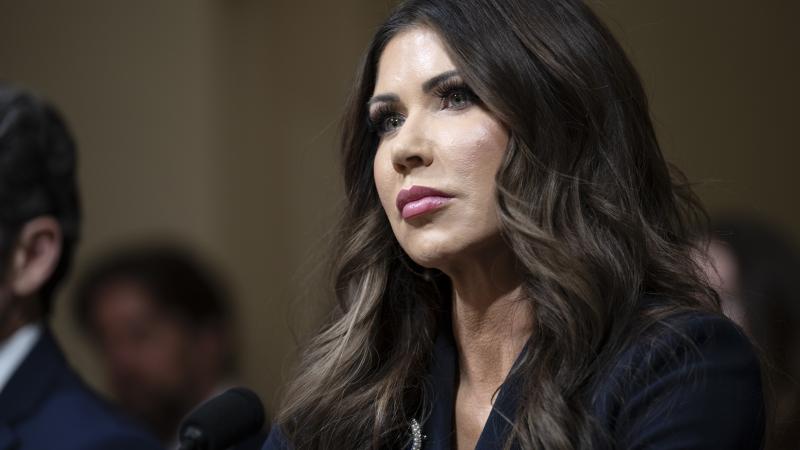Pentagon held table-top contingency response exercise on morning of Capitol breach
The exercise was held at the request of top officials, according to a Pentagon memo.
Pentagon officials held a table-top planning exercise the morning of Jan. 6 to rehearse how the Defense Department might respond to events that day in Washington, D.C., defense officials confirmed. The exercise was held some two hours before Capitol Police ordered the evacuation of the besieged U.S. Capitol complex.
"The table-top was requested by the highest levels inside the Department of Defense," one official said. "The two top guys — Miller and Milley — were part of this." The comment references acting Secretary of Defense Christopher Miller, and Chairman of the Joint Chiefs of Staff Gen. Mark Milley.
Table-top exercises are widely used within the U.S. military and other organizations to simulate emergency situations, and to assign roles and look for gaps in plans and procedures.
The Jan. 6 exercise was held after Miller and Milley examined the Defense Department's plan to support local law enforcement agencies, according to a Pentagon memo.
Miller and Milley requested the exercise at 8:30 a.m., according to a memorandum from Miller's executive secretary, Navy Capt. David Soldow. Three hours later, the exercise commenced.
"1130: [Miller] participates in table-top exercise regarding DoD contingency response options," Soldow wrote in the memo bearing a date with the typographical error of Jan. 00.
Neither the Pentagon official nor Soldow revealed specific details about the exercise. But, the official noted: "You don't need a table-top to see that things went downhill fast."
In the wake of the Capitol siege that resulted in death, injury, arrests, and destruction of property, blame has been cast at various agencies and officials for failing to prevent and repel the violent assault. Steven Sund, who resigned as chief of the Capitol Police shortly after the Capitol breach, has said that his pleas for backup were rebuffed by House and Senate security officials and a Pentagon commander.
"If we would have had the National Guard, we could have held them at bay longer, until more officers from our partner agencies could arrive," Sund told the Washington Post.
But in the days leading up to Jan. 6, Soldow wrote, Sund's agency twice said it did not need help from the National Guard.
On Jan. 3, "DoD confirms with U.S. Capitol Police that there is no request for support," Soldow wrote. On Jan. 4, he added, Capitol Police "confirms there is no requirement for DoD support in a phone call with [Army Secretary Ryan McCarthy]."
The situation at the Capitol had turned dire by 1:26 p.m. on Wednesday, when Sund's agency ordered the evacuation of the building complex. The desperate call for help came at 1:59 p.m., according to the Pentagon memo. "Chief Sund communicates request for immediate assistance," Soldow wrote.
"At that point, bureaucracy kicked into gear," the defense official told Just the News.
The sequence of events that eventually brought the National Guard to help the embattled Capitol Police will be the subject of intense official scrutiny.
Miller has declared support for how his people addressed the Jan. 6 mayhem.
"In the midst of this tragedy, I was proud of the professionalism of our Department of Defense personnel," Miller said in a statement. "I want to specifically recognize the service of the District of Columbia National Guard. They performed with honor, integrity and alacrity to protect people and property from unlawful acts."
President Donald Trump on Monday declared an emergency in Washington, D.C., and ordered federal assistance in advance of the Jan. 20 inauguration of Joe Biden. Additionally, 15,000 National Guard soldiers and airmen have been authorized to stand duty in various capacities inside the District, according to the National Guard Bureau.
The plans include more table-top exercises regarding contingency response options, the defense official said.















